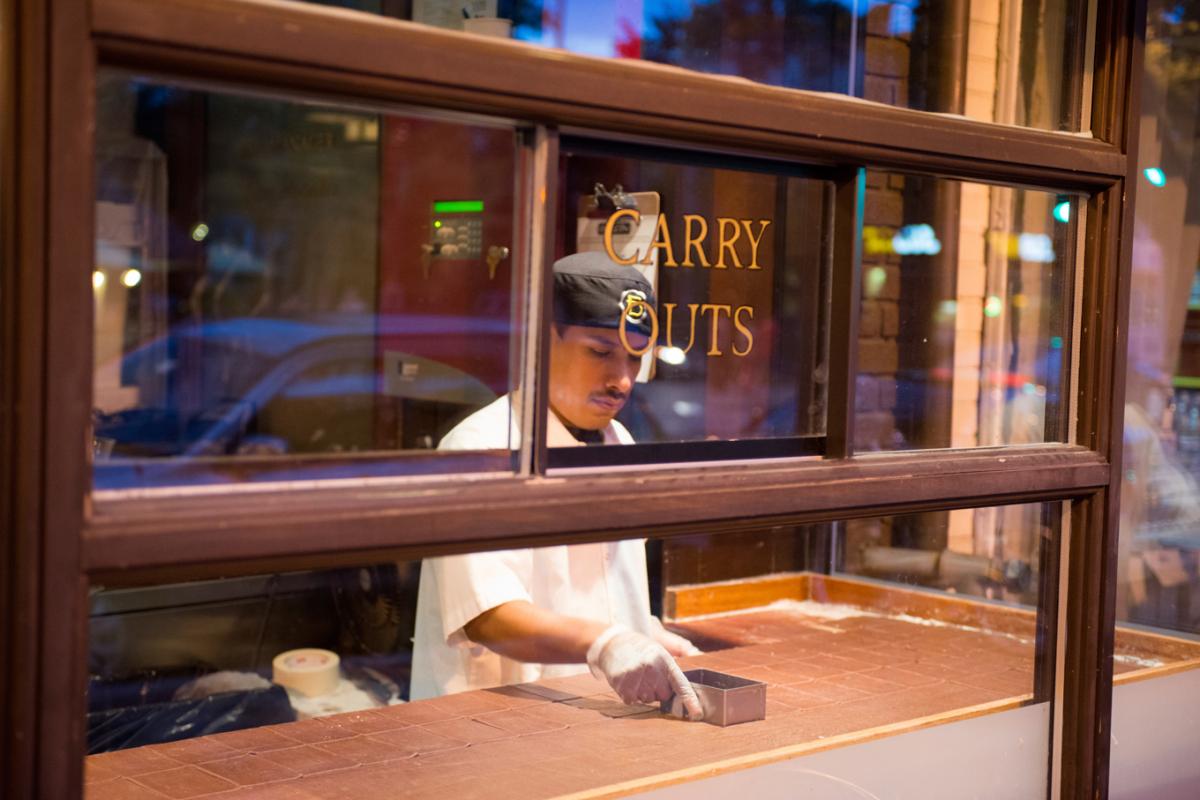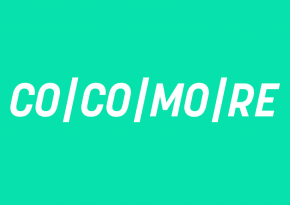Effort Heuristic – The client rewards what looks like hard work
When we buy something (for example a sweater), we usually have only few indicators that help us to asses the product quality in advance. Oftentimes we orientate ourselves towards the brand, ideally reliable manufacturer brands (such as BOSS). Or is the distributor, where I am examining the product, a reputable brand with a high-quality product range (such as P&C)? Alternately and/or in addition a lot of people look for the price. A high price serves as a reference for high quality components or ingredients. And behind a pricy service we presume competent, well trained personal or at least a superior business model.

Another orientation help is - in accordance with the effort heuristic - the felt workload that has influenced the production. Although machines can nowadays produce many products better than people (such as sweaters), we tend to give a higher value to a product that has been manufactured by hand. And the longer and more complex the manufacturing process presumably is, the higher is the willingness to pay (even with otherwise equal product properties). Here, we are subject to the misconception that quality and work effort strictly correlate with each other. This can even take absurd forms. An example: During an experiment, the test subjects should determine the value of two paintings [1]. They had been informed beforehand how much time the artist had needed for the creation (this value was randomized). The result: On average the participants estimated the value of the painting with a longer creation process higher.
For marketing this means that you should make current or performed work efforts visible as far as possible. Especially if there are waiting periods for the customer. This also means: Digital processes may take longer than three milliseconds. It is only through this that the potential customer develops the feeling that data, algorithms and calculation processes even exist and are working for him. Exemplary areas of application would be:
- In curated shopping it is often suggested that the customer’s personalized package has been assembled by a styling consultant himself.
- Comparison sites visualize the comparison process with a loading bar and at the same time display, which providers (e. g. airlines) are being checked at the moment[2].
-
When reviewing the delivery status of a package, DHL displays the whole logistic chain and shows, which concrete transportation routes have already been fulfilled.
[1] Kruger, Justin, Derrick Wirtz, Leaf Van Boven & T. William Altermatt (2004), „The effort heuristic”, Journal of Experimental Social Psychology, 40 (1)
[2] Buell, Ryan & Michael Norton (2011), „The Labor Illusion: how Operational Transparency Increases Perceived Value”, Management Science, 57 (9)



